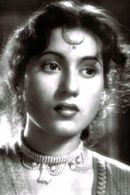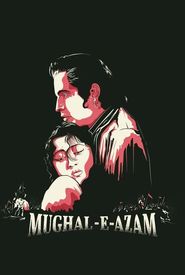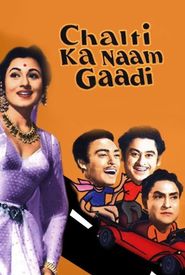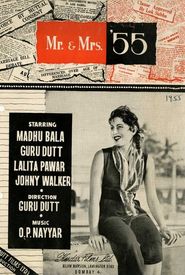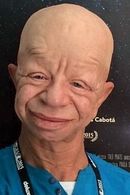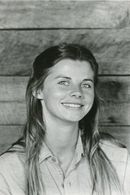Madhubala, the most captivating star India has ever produced, rose from humble beginnings to become an iconic beauty in the Indian film industry. Born Mumtaz Jehan Begum on Valentine's Day in 1933, in a poor, conservative family of Pathan Muslims in Delhi, she was the youngest of a large family of sisters.
Madhubala entered the world of films at the tender age of eight, initially playing child roles, and it took her about five years to land her first break in a lead role in Neel Kamal (1947) produced and directed by her mentor, veteran filmmaker Kidar Sharma. At the age of 14, she played a romantic lead opposite Raj Kapoor, marking her arrival on the Indian screen.
Over the next two years, she blossomed into a truly rapturous beauty, earning the sobriquet of the Venus Of the Indian Screen. Her movie Mahal (1949) catapulted her to superstardom, and she became an overnight sensation.
While it is often said that her beauty overshadowed her acting talents, this was largely due to poor judgement rather than lack of talent. Being responsible for supporting a large family and living under the domination of an imperious father who made several poor choices in movies, her credibility as a serious performer was undermined, leading to her being labelled "box-office poison".
Despite this, her repertoire in the 1950s had spots of true brilliance, showcasing her remarkable talents across several genres. Movies like Tarana (1951),Mr. & Mrs. '55 (1955),and Mughal-E-Azam (1960) revealed what this ethereal beauty was truly capable of.
Tragically, Madhubala was plagued by a persistent heart disease that confined her to a bed for almost nine years and eventually claimed her life on February 23, 1969, nine days after her 36th birthday. Despite her short life, she made over 70 movies and remains one of the most enduring legends of Indian cinema.
